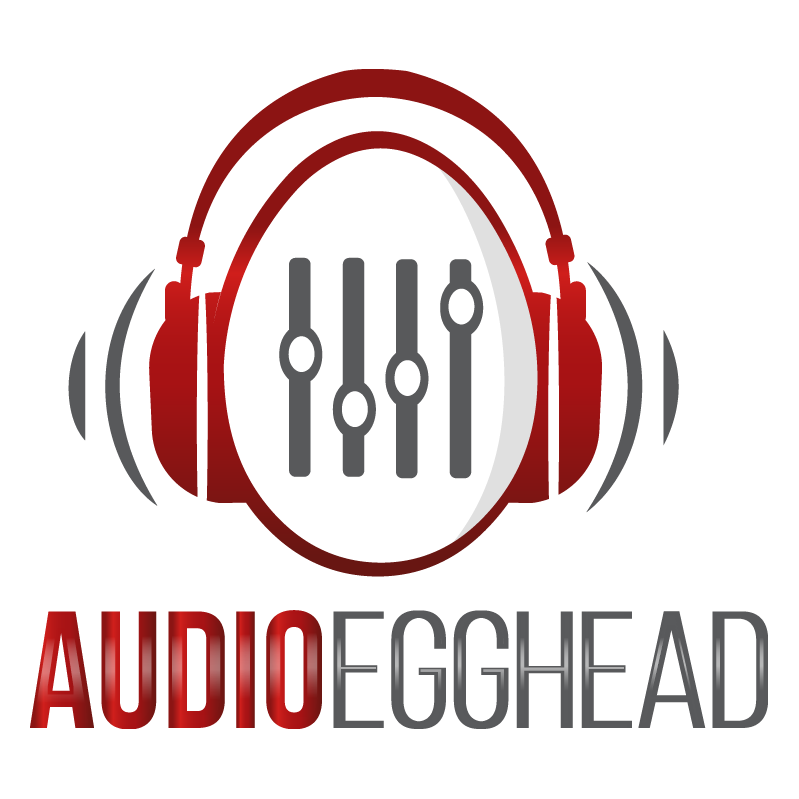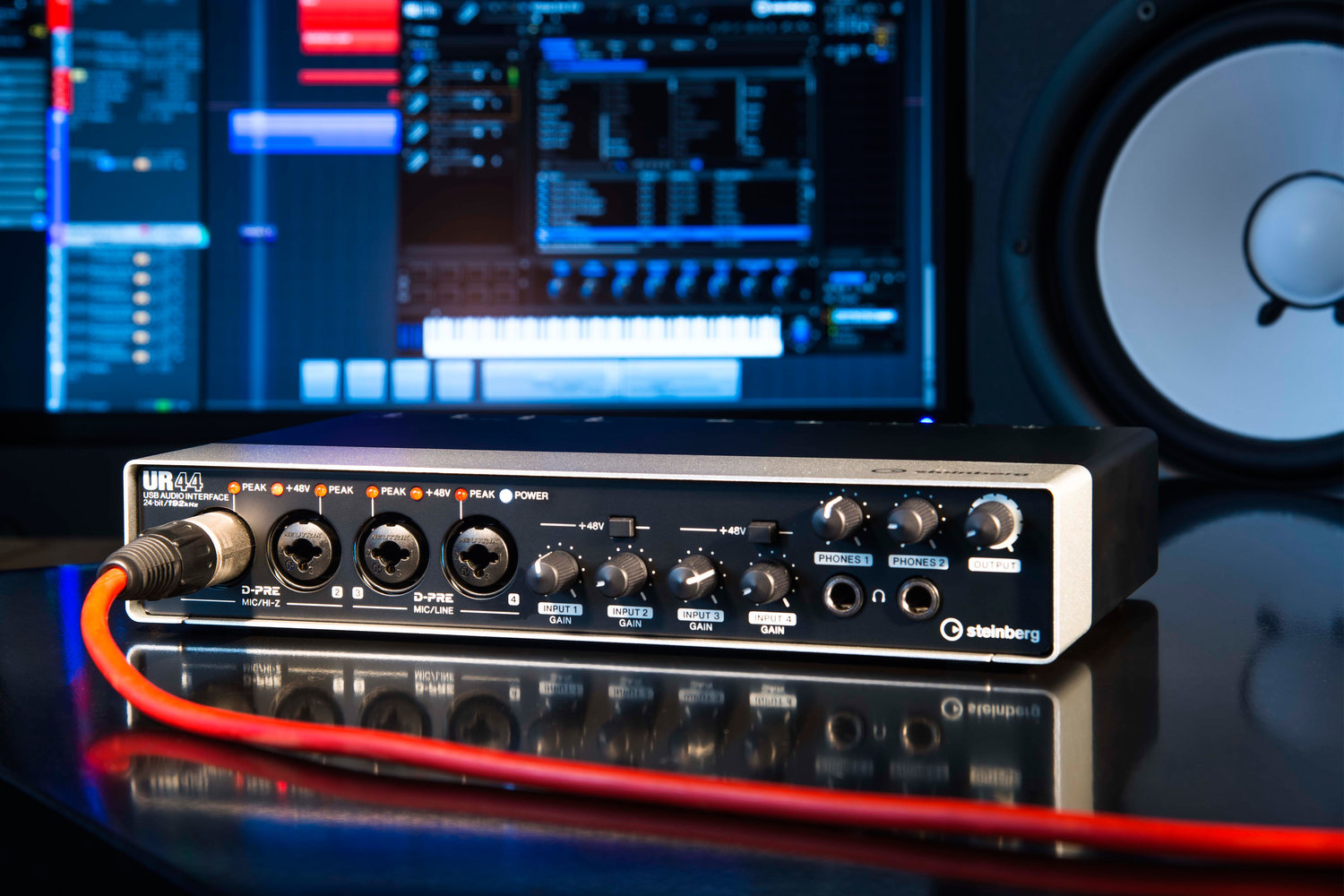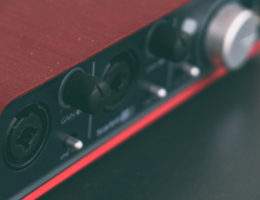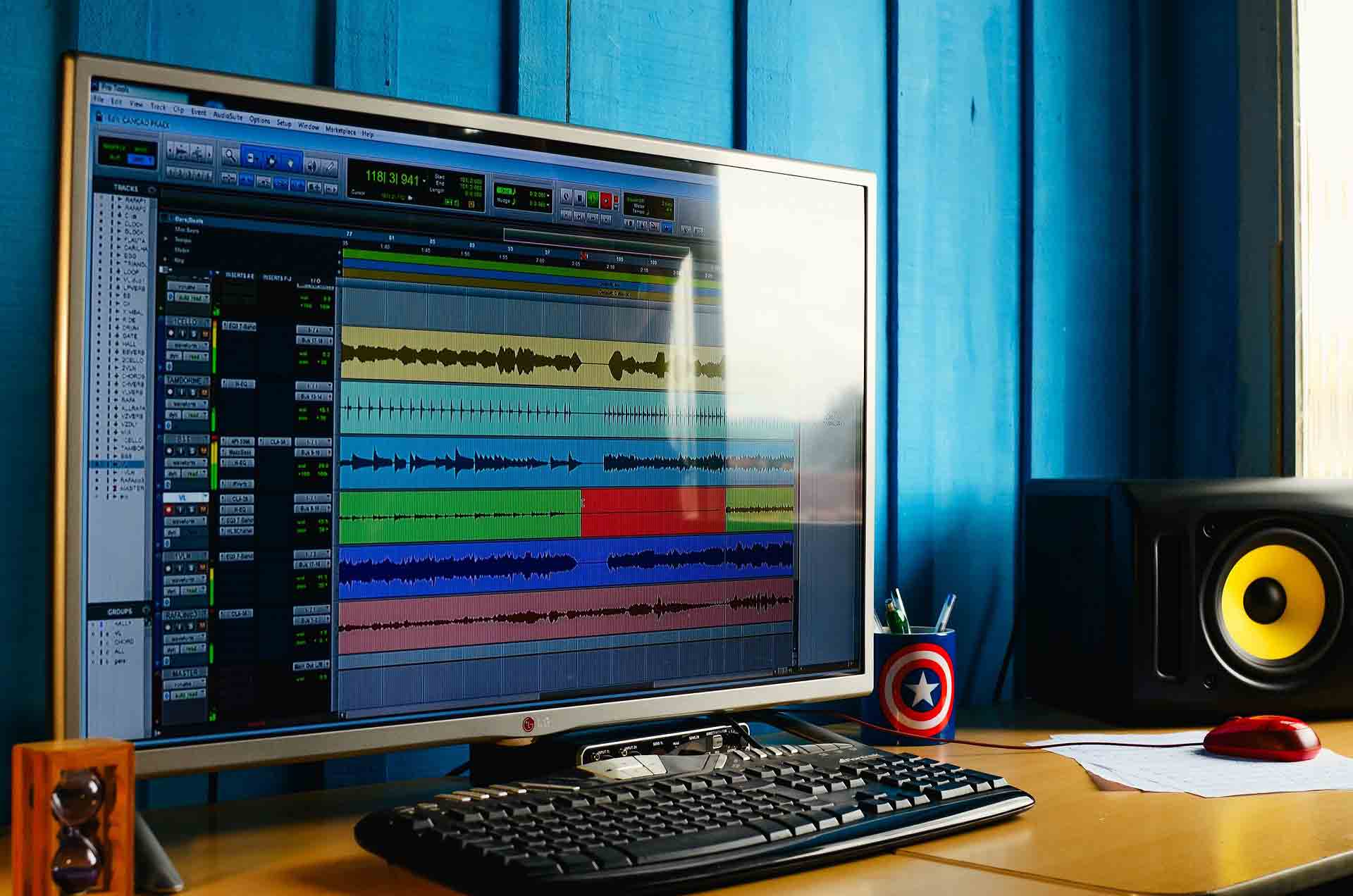Many people want to find the best USB audio interface for their individual needs. Most people have a price range they are looking to spend, and they want to know how to get the best bang for their buck.
We have broken down some of the best USB audio interfaces on the market to help you pinpoint the best audio interface for you. So ask yourself: how many audio inputs or outputs do I need? Will I use my guitar? Or am I more concerned with voice recording?
What USB transfer speed do I need? Am I using it for fun or for a business? What is my price range? Take a look at the 10 products we reviewed and ask what is the best audio interface choice for you.
The Best USB Audio Interface | Frequently Asked Questions
- What is an Audio Interface
- What Is the Difference Between an Audio Interface and a Sound Card?
- What Is the Sound Card on My Computer Not Sufficient?
- Is an Audio Interface Easy to Install and Use?
- How Many Inputs and Outputs Should an Audio Interface Have?
- Why Do I Hear Everybody Talking About Latency?
- Do I Have to Mess with Drivers If I Want to Use an Audio Interface?
1. What Is an Audio Interface?
An audio interface allows you to record audio on your computer or mobile device. Interfaces can record your voice, musical instruments, or other sound-producing devices.
The best audio interface will allow you to record sound with high quality as opposed to a built-in microphone or simple microphone jack.
2. What Is the Difference Between an Audio Interface and a Sound Card?
Sound cards and audio interfaces serve the same purpose by turning sound into a digital signal. Computers come with sound capability that usually involves a built-in sound card.
Purchasing an audio interface is essentially adding a quality, external sound card. You can still buy and install a better sound card inside your machine, but that avenue is quickly becoming antiquated. Not to mention an internal sound card usually suffers from various forms of interference.
Not only is the audio interface more easily installed than a new sound card, but in most cases, it will also offer superior sound quality. Some audio interfaces even come equipped with downloadable plug-in suites, or recording software from the brand’s website, and this will get you going on your music production and recording studio, whether you are an entry-level or world-class producer.
For example, Scarlett offers Ableton Live Lite suite when you buy one of their audio interfaces. If you don’t like using Ableton, perhaps you are already using Pro Tools in your home studio. Using an Audio Interface vs. your computer’s sound card will allow you to record from multiple condenser microphones, since most have at least two mic inputs.
The same thing goes with any other line-level instruments such as electric guitars. The number of line inputs and input/output ports or channels is the same number as things you want to plug into line-outputs such as headphones or studio monitors. You will have much better audio quality from XLR studio monitors than you would from plugging in speakers to your headphone jack.
3. Why Is the Sound Card That Came with My Computer Not Sufficient?
The primary advantage of the audio interface over the pre-installed sound card is the quality of your recordings. Only you know how important recording sound is to fit your needs.
Also, because the audio interface is an external device, it has the advantage of extra input types allowing you to use guitars, keyboards, and anything else that makes sound.
4. Is an Audio Interface Easy to Install and Use?
All you need is a proper USB port! Installation is as easy as installing the driver and plugging it in. Then plug in your outputs and inputs!
5. How Many Inputs and Outputs Should an Audio Interface Have?
To answer that question, you need to have an idea of how many tracks you need to record simultaneously. Building tracks individually and layering your music is not directly tied to a required number of inputs and outputs.
However, if you are going to have a 5-man band perform at your graduation party, you would need at least five inputs. You do not need a separate output for every input. All of your audio will go through a single stereo output, but if you have a mixer and multiple outputs, you can get more complex.
6. Why Do I Hear Everybody Talking About Latency?
Latency is the time it takes to physically trigger a sound, such as when you hit a key on your keyboard until you hear the sound through your computer. Often, with a sound card that comes pre-installed on your computer, latency is an issue.
However, quality audio interfaces support audio streaming input and eliminate severe latency. The amount of latency that remains is dependent on the quality of your audio interface. Many interfaces on our list have near-zero latency.
7. Do I Have to Mess with Drivers If I Want to Use an Audio Interface?
If you’re on a PC, you may have to install the drivers to use the interface. If you’re on a Mac, you might not have to.
You should also check how much software needs to be downloaded and by what methods. Some interfaces, such as the Focusrite Scarlett, require one driver download and nothing else.
How We Reviewed the Interfaces on This List
The following audio interfaces were reviewed based on the subsequent parameters: Features, Pros & Cons, Price, Where to Buy, and Warranty. We attempted to approach each interface from the perspective of an advanced user, an intermediate user, and a beginner.
What is perfect for a novice is probably not the best product for an advanced buyer. Advanced is not always better. Do the products do what they claim? Do they fit the bill for the buyer they target? Are they priced fairly for their ability?
A basic one-channel audio interface that is durable, portable, and produces quality sound may be a better product than a $1000 eight-channel product that is overpriced and doesn’t deliver transparent sound.
Overall Price Range
The price of audio interfaces ranges widely depending on the quality of the product. Interfaces in this review range from under $200 to $1600, and we even noted some sale prices just under $100.
2 Channels Will Probably Cut it
You shouldn’t waste money on perks you won’t need or understand how to use. Some of the best options are on the cheaper end and are two channel audio interfaces.
That is often perfect for an at-home recording because it allows the user to record both voice and music. However, if a more serious user wants to record a complete ensemble, he will need to invest more in a loftier product.
Mic Preamps, etc.
Other variables include things such as microphone preamplifiers. Cheaper models often have preamps that produce transparent sound, meaning they amplify but do not enhance the sound. This is usually fine for simple recordings.
Other units, however, will use preamps that color and enhance the sound of voices or instruments. Still, others place importance on being able to power their interface by a USB instead of a traditional wall plug.
For some, the best audio interface is the one small enough to travel but durable enough not to easily break on road trips. Understanding your own needs will help you understand your potential investment among a wide range of audio interface prices.
What Interfaces We Reviewed
Audient iD4
Features
The Audient iD4 High-Performance USB Audio Interface offers a good blend of simplicity and quality sound. The design is compact without sacrificing the performance of a larger competitor.
A superb Audient console mic preamplifier is a key feature along with console controls, and Audient’s own ScrollControl that offers tricks for automation, vocal rides, delay throws and other techniques.
The product also features high-performance converters, an all-metal enclosure, and wide bandwidth.
Pros
- ScrollControl is a virtual scroll wheel
- Mix feature lets you monitor blend of iD4’s inputs and DAW playback
- Near-zero-latency monitoring while recording
Cons
- Using iOS devices requires both a camera adaptor and a powered USB hub
Price $
Warranty
Limited 1-Year Warranty
Focusrite Scarlett 2i2
Features
As users seek the best audio interface, the Focusrite Scarlett has become one of the best-selling products in the world. The user will need to install a driver on Windows, but other than that, there are no software installations needed for the Focusrite Scarlett.
It offers two solid mic preamps and two instrument inputs and no need for DSP. Offering state-of-the-art performance in its price range and very low latency, the Focusrite Scarlett is packed full of features.
Pros
- Songwriters can record two mics at once
- Low latency with plug-ins
- Super cost-to-value ratio
Cons
- With iOS, you may have to add phono-compatible output cables
Price $
Warranty
It comes with a limited 2-Year Warranty
PreSonus AudioBox Two Audio Interface
Features
Well built steel chassis forgoes plastic for excellent durability. For this reason, users may be more comfortable transporting the mobile device for recording on the road without fear of damaging the device.
The interface offers two combo input jacks along with Class A mic preamplifiers. Along with one-touch recording options, production software is available for editing songs on Mac and Windows.
Volume knobs offer separate control of headphone volume and main output. A good USB cable comes with the purchase of the Presonus Audio Interface.
Pros
- Built with metal instead of plastic for durability
- Good value without the bells and whistles
- Standout software included in purchase
Cons
- Those who progress from beginner to advanced may outgrow the product in time
- A multi-instrument setup is limited
Price $
Warranty
It comes with a limited 1-Year Warranty
Behringer U-Phoria UMC202HD
Features
In your search for the best audio interface, the Behringer U-Phoria UMC202HD offers a one-stop shop for digital recording. It offers two very clean microphone preamps along with connectivity for keyboards and other instruments.
Other features include latency-free input monitoring and studio quality resolution.
Pros
- One stop shop with everything you need for quality recording
- Quality MIDAS preamps
Cons
- There is only one phantom power switch for each of the four channels. It’s an all or nothing arrangement
Price $
Warranty
It comes with a limited 2-Year Warranty
PreSonus Studio 192
Features
The PreSonus Studio 192 Audio Interface features eight microphone preamplifiers and zero-latency monitoring with StudioLiveTM. Individual stereo outputs have controls accessible from the front panel.
It comes with power supply, USB cable, and software card for easy installation. The Studio 192 product is designed with Studio One, a very effective audio workstation application.
Pros
- High-quality, low-latency
- Class A XMAX microphone preamps
Cons
- Built for rack use
Price $$
Warranty
It comes with a 1-Year Limited Warranty
RME Fireface UCX 36
Features
The RME Fireface UCX 36 is a top-of-the-line 36-channel audio interface with an assortment of professional connections, including 18 inputs and 18 outputs. Up to 8 analog and 10 digital channels can be recorded onto 18 separate tracks.
It offers quality jitter reduction with its SteadyClock technology that avoids disturbance. All analog inputs and outputs use a low latency converter, and two high-end microphone and instrument preamplifiers utilize RME’s Micstasy technology.
Another high-end preamplifier is available for professional recordings or other critical uses. Other features include a digitally controlled gain of up to 65dB, 100% reproducible level settings, individual phantom power switches for each channel, and two TRS inputs on the front that can also serve as Hi-Z inputs.
Pros
- DSP-based TotalMix mixer supports fully independent routing and mixing of all 18 input and playback channels to all 18 physical outputs
- Two DSP’s ensure an impressive performance
- DSP hardware calculates RMS and Peak levels for all 54 level meters
Cons
- Compared with competitors in its higher price range, the mic preamps and single headphone socket make it hard to label as an all-in-one product
Price $$$
Warranty
It comes with a limited 2-Year Warranty
Steinberg UR242
Features
The Steinberg UR242 Audio Interface an all-around solution for novice and intermediate users. The inputs and outputs offer good sound advanced digital signal processing.
The three high points of the UR242 are its quality, cost, and portability. As for quality, users can record with up to four audio channels at a high 24/192 quality.
The portability of the UR242 is seen in its compact size and the durability of its metal casing. Available under $200, this Steinberg product is a great package for the right user.
Pros
- Steel casing
- D-PRE mic preamp offers transparent sound
- Cost, quality, and mobility
Cons
- Users with older systems occasionally report running into software and driver struggles
Price $
Warranty
It comes with a limited 1-Year Warranty
Roland OctaCapture
Features
With eight microphone preamplifiers, the Roland OctaCapture deserves a look in your search for the best audio interface. All preamps have combo jacks and individual phantom-power.
Its large LCD display makes it easy to access all the product’s functions.
The tone quality is attractive for multi-layered compositions with little need for collusion among various amps, preamps, and mics. It is portable enough to serve a live ensemble in real time. This is more viable because of the OctaCapture’s ability to dial four different stereo monitor mixes for every source.
Pros
- An Auto-Sens function allows the DSP to find the best input level for each channel
- Ability to plug instrument directly into unit and track through SONAR and instrument plug-in
Cons
- Software panel has no input level meters and triggers for Auto-Sens
- USB jack is near the power jack making a tight squeeze
Price $$
Warranty
It comes with a limited 1-Year Warranty
Tascam US-20×20
Features
The Tascam US20x20 Audio Interface is a fast USB 3 with 20 channels of analog and digital input and output. It features eight quality mic preamplifiers and a DSP mixer with equalizer and compression on every channel.
The unit serves as a digital mixer as well as an external preamp/converter.
Pros
- Efficient number of inputs and outputs with low noise levels
- Monitor mix DSP effects
Cons
- USB 3.0 is on Windows machines only, otherwise, it is USB 2.0
Price $$
Warranty
It comes with a limited 2-Year Warranty
Native Instruments Komplete Audio 6 Mk2
Features
This interface has 6 inputs and 6 outputs, including 4 analog and 2 digital for each. In addition, it also includes 2 headphone outs. This interface is noteworthy compared to many of its competitors in the same class, making the Native Instruments Komplete Audio 6 a contender in your search for the best audio interface options.
Separate knobs for monitor levels and headphone levels give simple control over playback and production. You can use the headphone jack as an additional output, totaling three stereo outs.
Pros
- Flexibility through simplicity
- Purchase includes ideal software package
Cons
- S/PDIF digital connections are necessary to utilize all inputs/outputs
Price $
Warranty
It comes with a limited 1-Year Warranty
Our Verdict
Like most technology (especially for music), the best buy often depends on the needs of the buyer.
Simple and Reliable: The Audient ID4
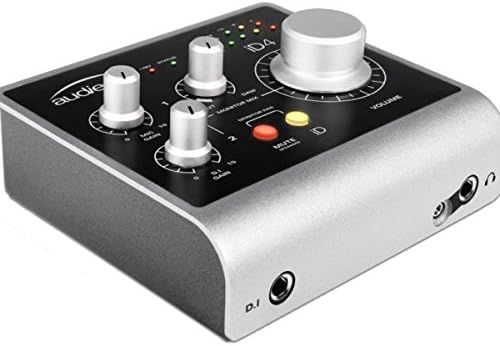 For those starting simple who want a reliable and basic audio interface, the Audient ID4 is hard to beat.
For those starting simple who want a reliable and basic audio interface, the Audient ID4 is hard to beat.
Its balance of features for a low price make it a favorite among buyers.
It is truly difficult to find a regretful buyer.
For Intermediates: the Roland OctaCapture
 Among intermediate products, the Roland OctaCapture gets our nod of approval. The Roland’s array of features at its middle price point is truly impressive. With eight outputs and three stereo headphone mixes, it is truly a great product at a great price.
Among intermediate products, the Roland OctaCapture gets our nod of approval. The Roland’s array of features at its middle price point is truly impressive. With eight outputs and three stereo headphone mixes, it is truly a great product at a great price.
For the Advanced: the REMI Fireface UCX 36
 A buyer with a big budget and bigger ideas cannot go wrong with the RME Fireface UCX 36 and its 36-channel offering. It connects via USB or Firewire, features six internal memory slots, and can be pre-configured away from a computer.
A buyer with a big budget and bigger ideas cannot go wrong with the RME Fireface UCX 36 and its 36-channel offering. It connects via USB or Firewire, features six internal memory slots, and can be pre-configured away from a computer.
Moreover, it has some of the best iPad capabilities available, including eight iPad analog inputs.
You may or may not have a need for iPad performance.
Everyone has their own sets of needs, wants, and budget. That means finding the best audio interface is a subjective and personal undertaking. You now have the knowledge to get started on the journey.
